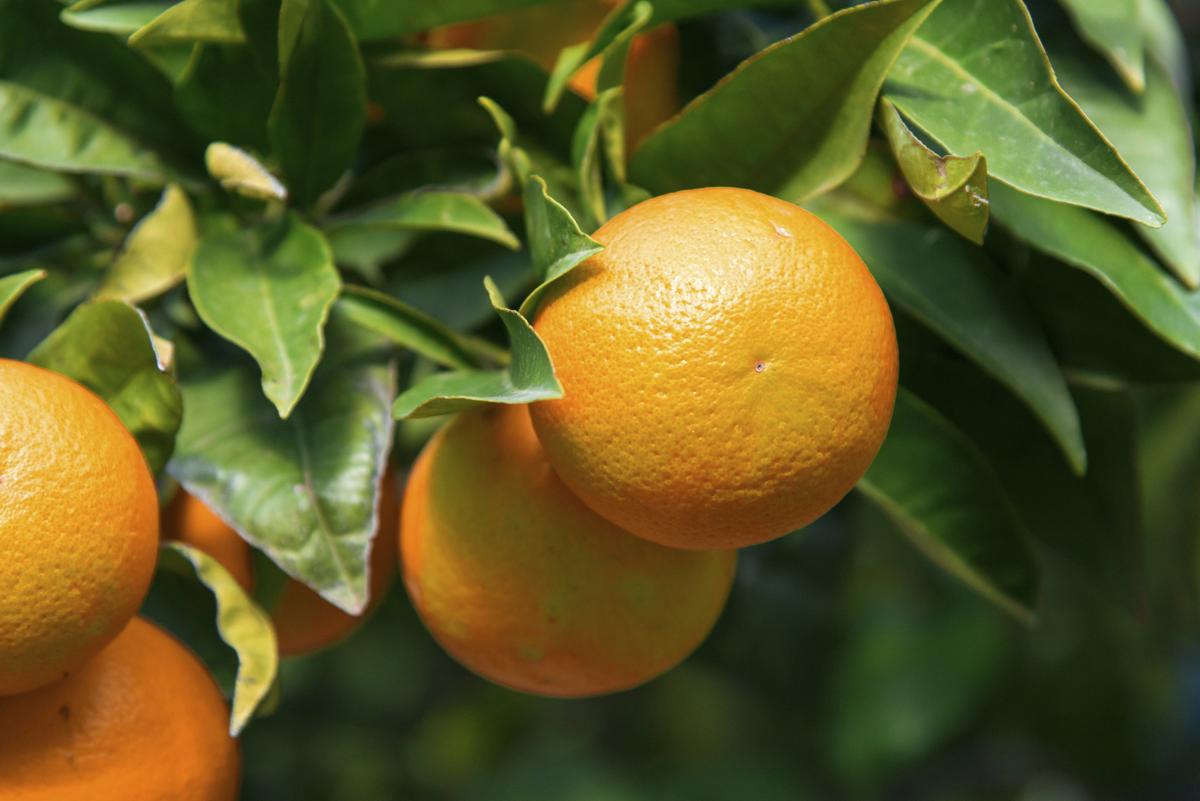

These citrus fruits have a similar nutritional profile, but oranges are just a little better, especially due to their higher vitamin C and dietary fiber content.Orange and Tangerine are two fruits that show difference between them when it comes to their characteristics and nature. Tangerine vs Oranges – Which Have A Better Nutritional Profile? In addition, the plant pigment called hesperidin is beneficial for the overall smooth functioning of blood vessels, hence, it is effective for people with high blood pressure. People who consumed more than two servings of flavonoid-rich fruit every seven days had a lower risk of type 2 diabetes mellitus, according to a study issued in the American Journal of Clinical Nutrition. It contains a variety of flavonoid antioxidants, including hesperetin, anthocyanins, and naringenin, and polyphenol antioxidants. More importantly, this vitamin is required to keep the immune system running properly and enhance the production of white blood cells – a cellular component of the blood which defends the body against infection. These citrus fruits are one of the best sources of vitamin C, an important nutrient in the human body since it helps in the formation of collagen. Lastly, magnesium helps relax muscles within the digestive tract, which controls your capacity to go to the bathroom. This mineral also plays a vital role in mood and brain function, and low levels are associated with an increased risk of depression. This fruit is a remarkable source of magnesium, an essential mineral that dissolves and disinfects accumulated residue to ease digestion and acts as a painkiller for stomach pains. It also contains about 60 flavonoids and more than 170 different phytochemicals, that are known to have strong antioxidant and anti-inflammatory effects. It is an excellent source of magnesium, vitamin B6, potassium, folate, beta-carotene, calcium, riboflavin, vitamin E, calcium, niacin, copper, iron, selenium, very low in fats, and no cholesterol. It is a round citrus fruit ranging in diameter from approximately 2 to 3 inches, with finely texturized skins. In the present day, they are widely grown in the warmer climates throughout the world and have become the leading fruit crop in the US. These fruits originated in Southeast Asia and Spanish missionaries brought them to Florida in the 16th century. Also, according to research, carotenoids improve the cardiovascular system and male reproductive health. The color of this fruit comes from its carotenoid content, a family of pigments which is mostly found in plant-based foods and is a precursor of vitamin A.Ĭarotenoids are vital for forming the retina and lens of the eye as well as protecting vision into older age. More importantly, according to a study issued in the Journal of Nutrition, boosting dietary fiber intake by 8g for every 1,000 calories resulted in about 2,5 kilograms of weight loss in 2 years. This citrus fruit is rich in fiber, the part of plant foods - fruits, vegetables, nuts, seeds, and legumes - which the human body can’t digest.Ĭonsuming at least 30 grams of dietary fiber per day can help you lower blood pressure, lose weight faster, and improve the body’s response to insulin (very useful for type 2 diabetes patients) just as good as a more complicated diet, according to a study issued in the Annals of Internal Medicine.
TANGERINE VS ORANGE FREE
They are loaded with compounds called flavonoids (essential plant pigments), that have certain anti-cancer properties.Īdditionally, flavonoids may protect the human body’s cells from the damage of the free radicals which are created from cigarette smoke, pollution, and normal metabolic processes, as per a study conducted at the Cleveland Clinic.Īlso, flavonoids encourage the body to burn the fat and prevent the manufacturing process of fat. This vitamin is also vital to the synthesis of collagen (the most abundant protein) in the human body, which holds together ligaments, tendons, blood vessels, and bones and helps heal wounds. Individuals who don’t get their daily dose of vitamin C are 25% more likely to have gingivitis (a mild form of gum disease which causes redness, irritation, and swelling of the gingiva), according to a study done at the State University of New York at Buffalo.

This fruit is a very good source of vitamin C, a water-soluble vitamin which humans need to get daily from foods since we are unable to synthesize it endogenously. It is a good source of vitamin A, vitamin C, vitamin B6, folate, dietary fiber, magnesium, iron, copper, manganese, calcium, and phosphorus. Also, it has an easily peelable skin, loose, and sweet juicy flesh. It belongs to a rare and special class of foods that can be consumed daily because of its high vitamin content and low-calorie count. It is native to China, and from there, this citrus fruit spread to other parts of the world.


 0 kommentar(er)
0 kommentar(er)
